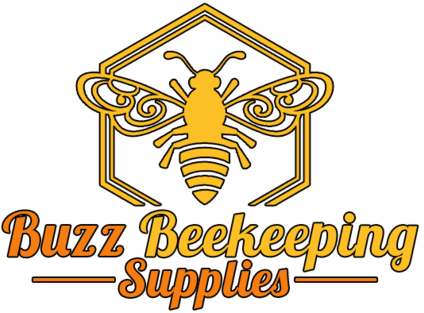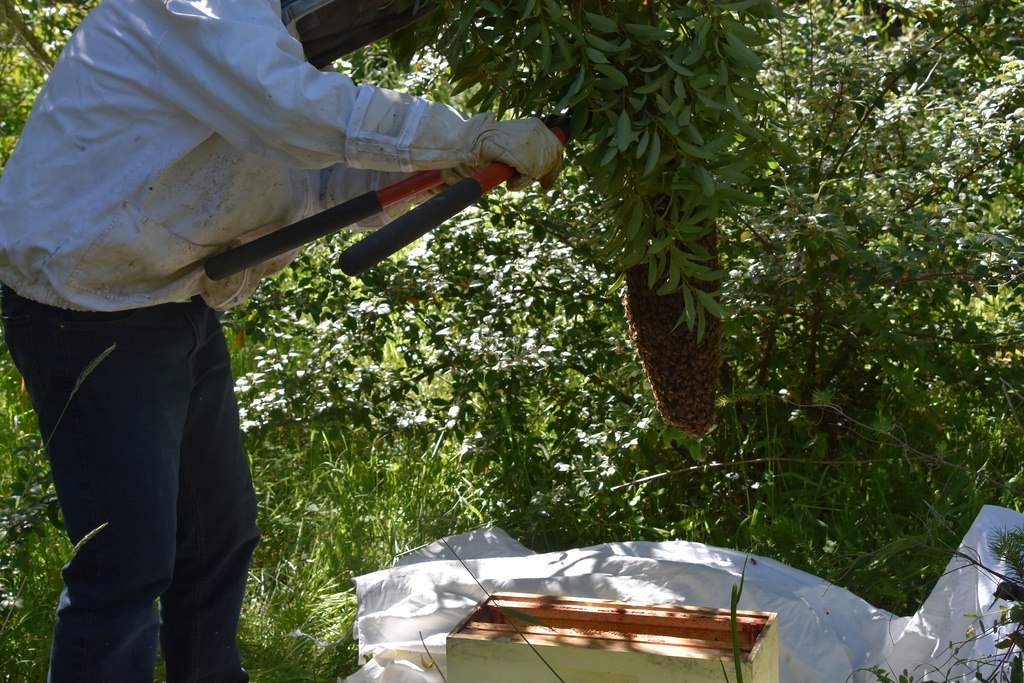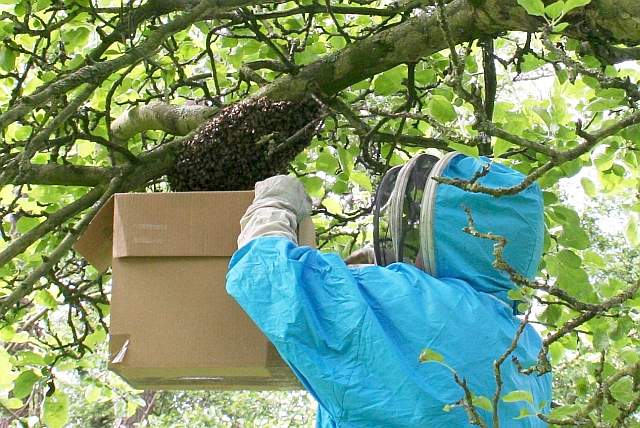Beekeeping for Beginners
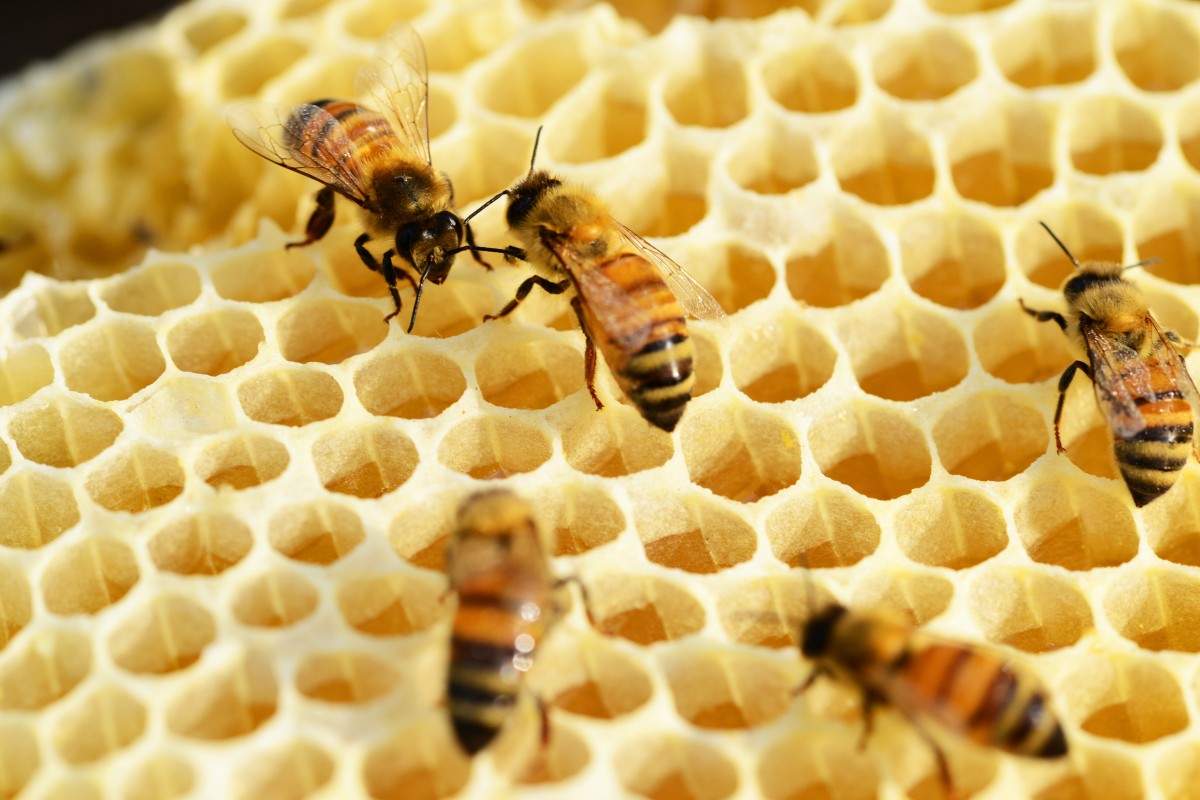
Keeping a beehive takes good management skills. You need to have a working knowledge of how it all works and what you have to do to properly care for your bees. It may be a little harder than raising a goldfish but not quite as hard as raising a dog.
 Your hives need to undergo regular inspections during the warmer months. You have to check to see if they have good stores of honey, plenty of room for expanding their population, and are thriving as they should be.
Your hives need to undergo regular inspections during the warmer months. You have to check to see if they have good stores of honey, plenty of room for expanding their population, and are thriving as they should be.
During the winter months you rarely need to interact with your bees. As your colony clusters and is eating through the honey stores, they’ll only emerge once the temperature rises above freezing in order to eliminate. However, your management skills will come into play throughout those warmer months. The way you will manage them depends mostly on the climate in which your hive exists as well as the type of bees and the hive style.
If you live in one of the warm southern states in the U.S. for example, the busy season for the foraging of your bees is going to be longer than in the colder northern states. This is where your working knowledge comes in as you’ll need to become familiar with the beekeeping practices in your particular area of the world. You’ll need to know about local laws and what all is involved in a season of beekeeping there.
Make no mistake about this – YOU WILL GET STUNG! Most honeybees aren’t aggressive. Once they sting you they die. However, there may be times when one winds up making its way into the fold of your clothes and you’re unable to get it out. Things like that DO happen, so get used to the idea.
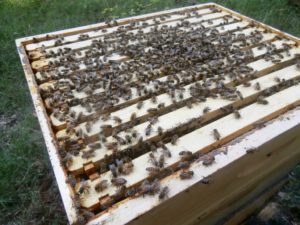 LEARN ABOUT YOUR BEES
LEARN ABOUT YOUR BEES
If the stings don’t dissuade you and you choose to get started you’ll need to learn all you can about Honey Bees. You can find tons of books on the subject but start by learning about raising bees where you live. The better informed a caretaker is the better care they can give. This is true with pets and children as well. You’ll want to know what their predators are, their life-cycle, seasonal changes, special needs, etc.
WHERE TO GET BEES
Spring time is the best time to get your bees. From April to late May (in Portland, Oregon for example). Any later, especially in northern climates, you bees won’t have the proper amount of foraging time to build up their food, pollen, and honey stores to the point they will sustain them throughout the winter.
(1). Swarms/Feral Bees
You might consider catching a swarm of feral bees (easier said than done) of locate a local beekeeper to catch them for you. The reason for obtaining feral bees is because they have proven to be a bit more heartier and more likely to survive. They’ve never been exposed to the chemicals and treatments used by many commercial beekeepers.
(2). Packages
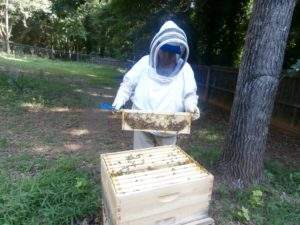 You can also buy a package of bees from a bee breeder. Usually the packages are shipped to you from warm climates like Texas or California (usually USPS). A package will usually consist of –
You can also buy a package of bees from a bee breeder. Usually the packages are shipped to you from warm climates like Texas or California (usually USPS). A package will usually consist of –
a./ One Queen Bee (which has ‘open mated’ or been ‘artificially inseminated’).
b./ Approximately 10,000 other bees (which come from several different colonies).
c./ A box that contains their food for the trip (sugar water syrup).
d./ A small cage positioned in the center of the box that holds the queen (so the other bees can get used to their new queen’s scent).
(3). Bait and Trap
Bait Hives and Swarm Traps. This might sound a little complicated at first, however, there have been many new beekeepers who set up their lures and in no time at all had a full colony move in all by themselves! The plans for setting these up are really easy to follow. You can find books and instructions for them online.
(4). Nucleus Colonies
If you choose to use a Langstroth hive then nucleus colonies are a fantastic way to get your hive populated. A nucleus is a fully-established colony held in a 5-frame box. They’re already prepared for transfer into you 8 or 10-frame boxes. They usually build up much quicker than the packages do because they’re already equipped with eggs, combs, honey stores, and larvae.
A really great move that will help you out tremendously is to locate some local beekeepers. These kinds of connection hold a wealth of wisdom in the world of bees and can really be a booster for you as you get started. It’s always great to have someone local to ask questions plus you get to meet some really nice people.
WHAT EQUIPMENT IS NEEDED
As a beekeeper you will need the right equipment. Here are some recommended tools to get you started with your new endeavor –
and you’re on your way. Now we’ll explain what this specific equipment does:
Hive Tool – For beekeepers the hive tool will be a very critical piece of equipment. Without one it will be almost impossible for you 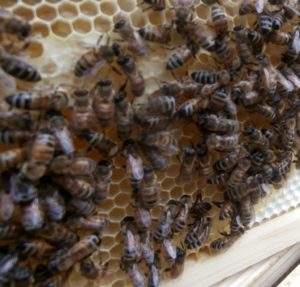 to inspect your colonies or put in additional boxes. Bees glue everything within their hive together with propolis (a resin-like substance).
to inspect your colonies or put in additional boxes. Bees glue everything within their hive together with propolis (a resin-like substance).
Smoker – Smokers are also a crucial piece of equipment. All beekeepers should have one. A smoker helps to subdue bees by making it hard for them to communicate. The smoke will also cause them to gorge on their honey to prepare for a fire. They can be quite temperamental, so having a smoker to help calm things down when they get agitated is a ‘must-have’.
Jacket, Veil, and Gloves – When you first start out to become a beekeeper, you are not going to be very comfortable without something over your hands and face. All newcomers to the beekeeping world need to be covered and protected. Protection gives you more confidence so you can focus on the work at hand. Nervous beekeepers usually make a mistake and wind up being stung.
Bee Brush – These are really useful pieces of equipment. They’re used for gently removing bees from the comb or any other place you want them removed from. Know ahead of time that the bees will hate your brush and will sting it over and over again. Use it sparingly.
CONCLUSION:
Beekeepers love the time spent with their bees and are a breed all their own. They’re much like gardeners in that each individual has their own unique methods and twists on how they do it. They love to share with others and talk about their bees. You never stop learning about keeping your bees. You should enjoy the time and sharing with others. It’s like joining a brand new club!
1. Ventilated Suit – https://amzn.to/2D1hJBu
(NEW) Ventilated Jacket – https://amzn.to/2Av6piJ
2. Beekeeper YKK Suit Combo – https://amzn.to/2Xk3xLz
3. Beekeeper Journal – https://bit.ly/3xXxFl2
4. YKK Suit – https://amzn.to/2IDJALO
5. Beekeeper Jacket – https://amzn.to/2FirwTW
6. Beekeeping Gloves:
– Goatskin Beekeeping Gloves – https://amzn.to/2GYxBZW
– Cow Leather Beekeeping Gloves – https://amzn.to/2uiSExd
7. Queen Marking Kit – https://amzn.to/2Wm1kCw
– Queen Marking Pens – https://amzn.to/3c4vE8y
–Queen Marking Cage – https://amzn.to/2TDwwdQ
